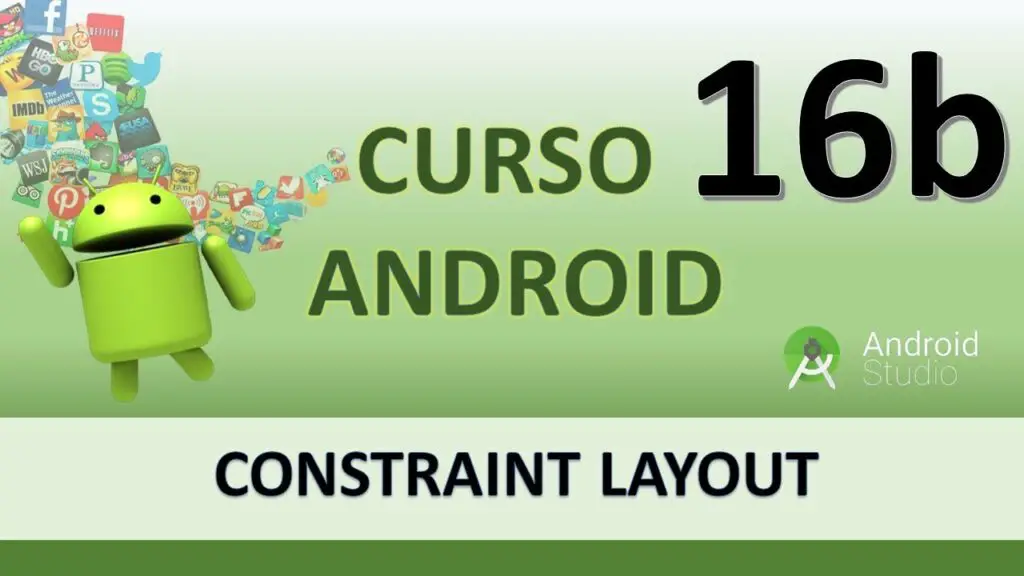
Android studio permissions
In some cases, an SDK package may require a specific minimum revision of another tool. If this is the case, SDK Manager will notify you with a warning and add the dependencies to your download list.
Tip: You can also customize the build.gradle file so that each project uses specific build options and a specific build chain. For more information, see Configuring Gradle builds.
If you accepted the license agreements on one workstation, but want to build your projects on another workstation, you can copy the accepted license directory to export your licenses. To copy the licenses to another computer, follow these steps:
Linear layout android studio
This is the root element of a motion environment file. The <MotionScene> element contains one or more <Transition> elements, each of which defines the initial and final state of a motion sequence, as well as the transition between the two.
It is the default duration for all transitions, in milliseconds. It is used for any motion sequence that does not specify its own duration. For example, if you set defaultDuration=»300″, all motion sequences will have a default value of 300 milliseconds duration if they do not explicitly specify their own duration.
Linearlayout android studio example
Declares a broadcast receiver (a BroadcastReceiver subclass) as one of the application components. Broadcast receivers allow applications to receive intents broadcast by the system and other applications, even when other components of the application are not running.
There are two ways to make a broadcast listener known to the system: one is to declare it in the manifest file with this element. The other is to create the receiver dynamically in the code and register it with the Context.registerReceiver() method. For more information on how to create receivers dynamically, see the description of the BroadcastReceiver class.
The <application> element has its own enabled attribute that applies to all application components, including broadcast receivers. The <application> and <receiver> attributes must be «true» for the broadcast receiver to be enabled. If either is «false», it is disabled and cannot be created.
If not specified, the default value depends on whether the broadcast receiver contains intent filters. If the receiving app contains at least one intent filter, the default value is «true». Otherwise, the default value is «false».
Layout_weight android studio
Every app is different and not all of its features match an available built-in Actions in apps intent. In cases where there is no built-in intent (BII) for your app’s functions, you can use a custom intent to extend the app with Actions in apps.
For each parameter, provide the supported schema.org type that best describes the meaning of the parameter. For example, you can use https://schema.org/Date to describe a date you expect to receive:
The shortcut definition in shortcuts.xml uses the same format for custom intents as for built-in intents. In the following code, you describe an Action in the app that uses the query patterns referenced in order to trigger the custom intent SCHEDULE_APPOINTMENT and a defined set of values, DRIVERS_LICENSE and VEHICLE_REGISTRATION, for the apptType parameter.
You can configure the custom intent parameters with the interleaved inventory, which you can use for the purpose of guiding entity extraction to a set of compatible entities specified in shortcuts.xml.
